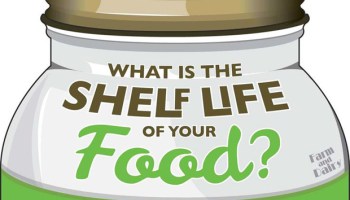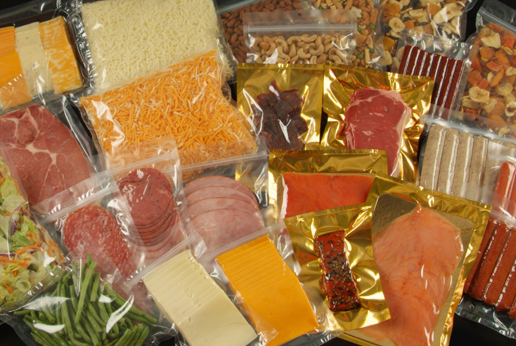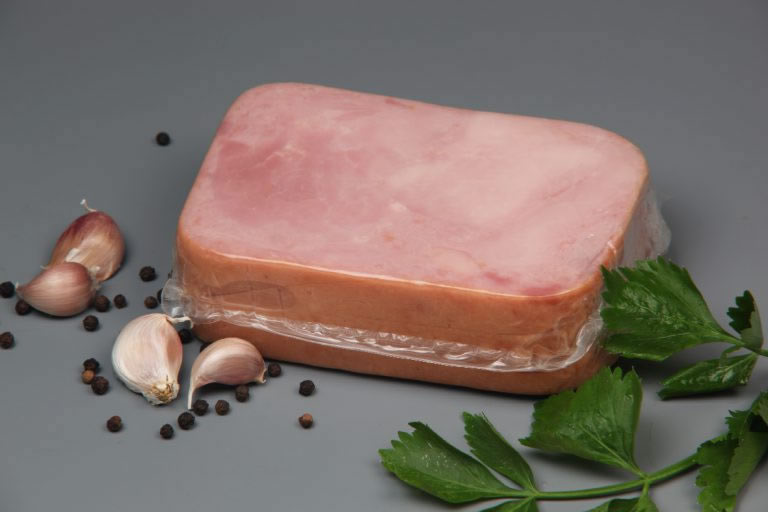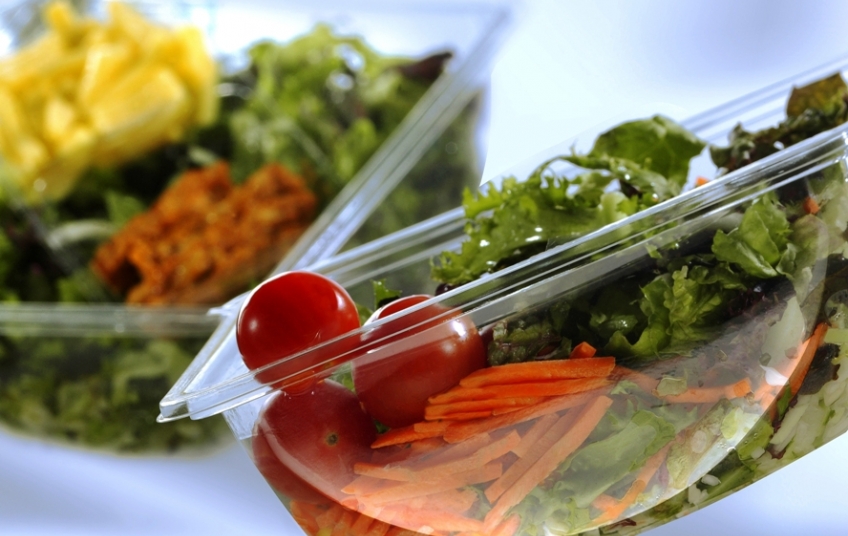
"Shelf-life is the time it takes a food product to deteriorate to an unacceptable degree under specific storage, processing, and packaging conditions.” – dictionary.org
There are two important goals of packaging: reducing the rate of quality loss and increasing the shelf life of the product. Manufactures have begun looking for new innovative ways to make packages viable for longer period. The shelf life of a food depends on the three how's: how it is packaged, how it is processed, and how it is stored.
Different packaging methods generally achieve an extended shelf life for food by removing or reducing oxygen from around the surface of food. Lowering the amount of oxygen slows down and inhibits the growth of any bacteria on food.
If you are planning on storing your food in a warm environment, it will only last half the time it would last in a cool place. Good shelf life is achieved by storing products at 60°F. Optimum storage temperature for shelf life is 40°F or less. It is important to find a place where the temperature remains constant. Frequent temperature changes and excess moisture can shorten storage life.
There are many benefits of extending shelf life. Highly seasonal products can be stockpiled. Product returns from retailers are reduced, and more extensive product distribution is possible. There are many different types of packaging methods to improve the shelf life of products:
Vacuum Packaging: Vacuum packing is a method of packaging that removes air from the package prior to sealing. This gets rid of oxygen which affects food in different ways, including: odor, color, taste & texture. This method involves placing items in a plastic film package, removing air from inside, and sealing the package. Shrink film is sometimes used to have a tight fit to the contents. The packages must have low permeability of oxygen. The table below represents how long some foods can last while using a vacuum sealer.
|
Freezer Storage |
Regular |
Food Saver |
|
Vegetables |
8 Months |
2-3 years |
|
Refrigerator Storage |
Regular |
Food saver |
|
Berries |
1-6 days |
1-2 weeks |
|
Cheese |
1-2 weeks |
4-8 Months |

Modified Atmosphere Packaging (MAP): This is food packaging in which the composition of the air surrounding the food inside the package is changed. The main gases used in MAP are oxygen, carbon dioxide, and nitrogen. MAP can be used with fresh or processed foods, including meat, seafood, fruits and vegetables. The MAP technique is useful for products that won't stand up to hard vacuuming or that tend to spoil in low oxygen environments.
Post-Pasteurization Shrink Bag Packaging: Post-Pasteurization Shrink bag packaging promotes food safety by providing a skin-tight, high- barrier packaging that withstands the rigors of a post-packaging surface pasteurization process. It increases the shelf-life for ready-to-eat deli products like: poultry, pork and beef. It can withstand high temperatures for short amounts of time. The bags allow high-speed sealing and ink adhesion, as well as clarity and skin-tight shrinking of the bag.

Packaging plays a crucial role in reducing the rate of quality loss in foods. Vacuum packaging, modified atmosphere packaging, and post-pasteurization shrink bag packaging are just a few of the many methods used to package food products.
References
Clemons, Rachel. “Extending the shelf life of fresh food.” CHOICE, CHOICE Australia, 5 June 2017, www.choice.com.au/food-and-drink/food-warnings-and-safety/food-safety/articles/extending-the-shelf-life-of-fresh-food.
https://en.wikipedia.org/wiki/Shelf_life
“The Difference Between Packaged and Processed.” Valley Food Storage, 24 Aug. 2016, valleyfoodstorage.com/difference-packaged-processed/.


































